Tracey, who later became a special education paraeducator, is frank about the reality of EI/ECSE services given current funding levels, including the impact that pay and other workforce issues have on the special education field.
“Eric does it because he loves it and he’s great at it. But he was definitely not paid what he should have been.”
When asked what might have made more of a difference for Tristan as he transitioned to kindergarten, Tracey said, “More time, more hours.”
EI/ECSE Saves Taxpayer Dollars, But Is Still Underfunded
Tracey’s recollection of the stretched resources in her son’s classroom echoes reports from Children’s Institute and others that shows most children in EI/ECSE programs are not being served at recommended levels.
According to state data, only 28 percent of children enrolled in EI programming receive the recommended level of service. On average, children enrolled in ECSE with high needs only receive 8.7 hours of preschool per week, rather than the recommended 15 hours per week. EI service levels have actually decreased by an average of 70 percent from 2004 to 2016.
The governor’s latest budget proposal devotes $45.6 million to EI/ECSE, about $30 million less than what the Early Childhood Coalition and the Alliance for Early Intervention says is needed to adequately serve children. In the 2014–15 school year, more than 21 percent of children exiting EI had caught up with their peers and did not require ECSE services, saving the state nearly $4 million annually.
Those who work in the field see the need firsthand. Carla Moody Starr, a speech language pathologist on the EI/ECSE evaluation team at the Northwest Regional Educational Service District, says EI/ECSE evaluation staff are often the first point of contact for families who may be overwhelmed, in shock, or in a state of grief if their child is significantly delayed.
“We take into consideration family and child trauma, socio-economic differences, language, and cultural differences— being sensitive to parents, but also educating and advocating for their child is an art. More service is needed for kids with developmental or communication delays before kindergarten. More service is needed for family coaching and education as well. Without adequate EI/ECSE service, these children with disabilities may not develop the skills they need to be successful once they enter elementary school.”


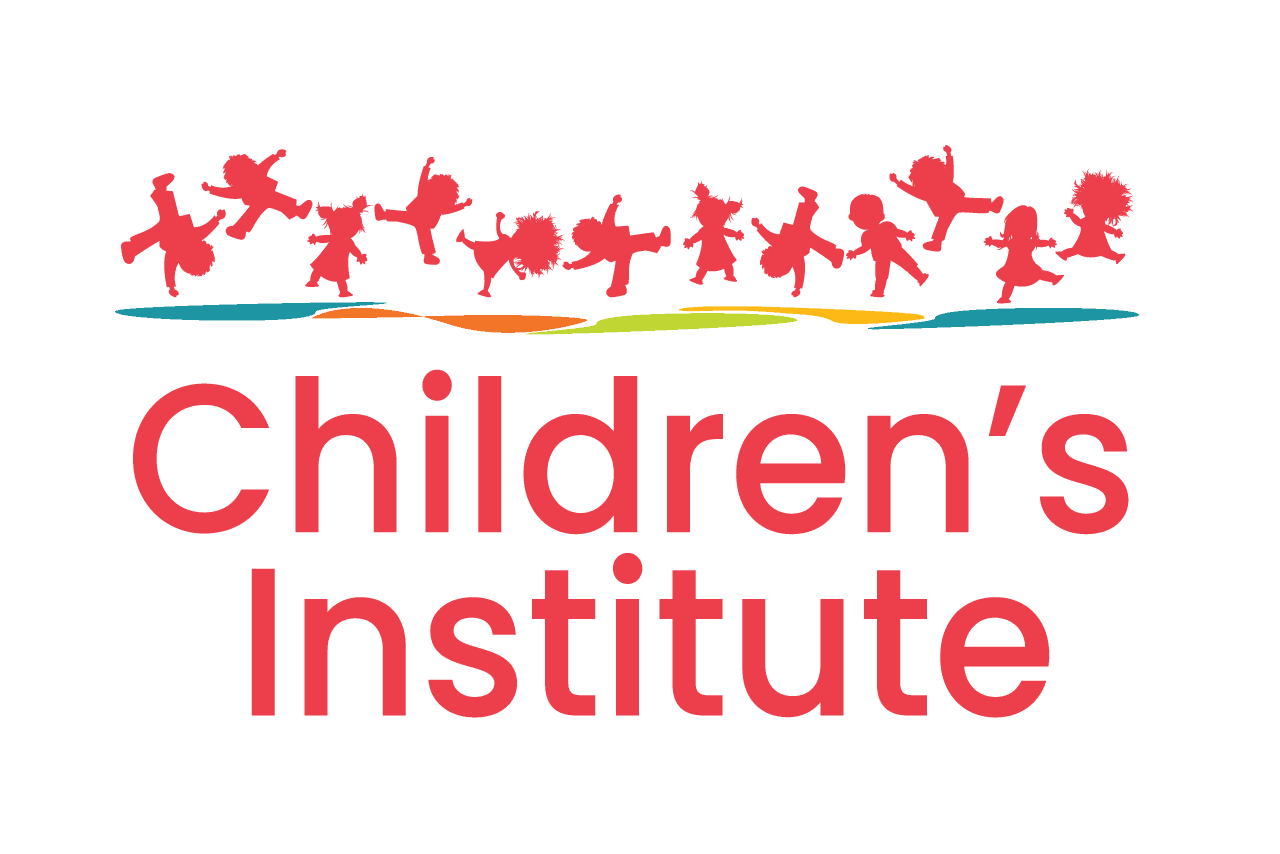
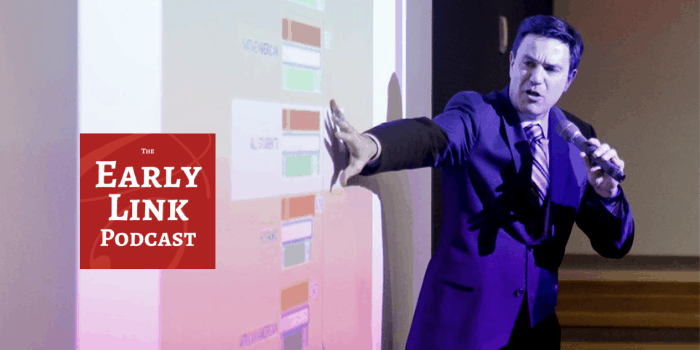

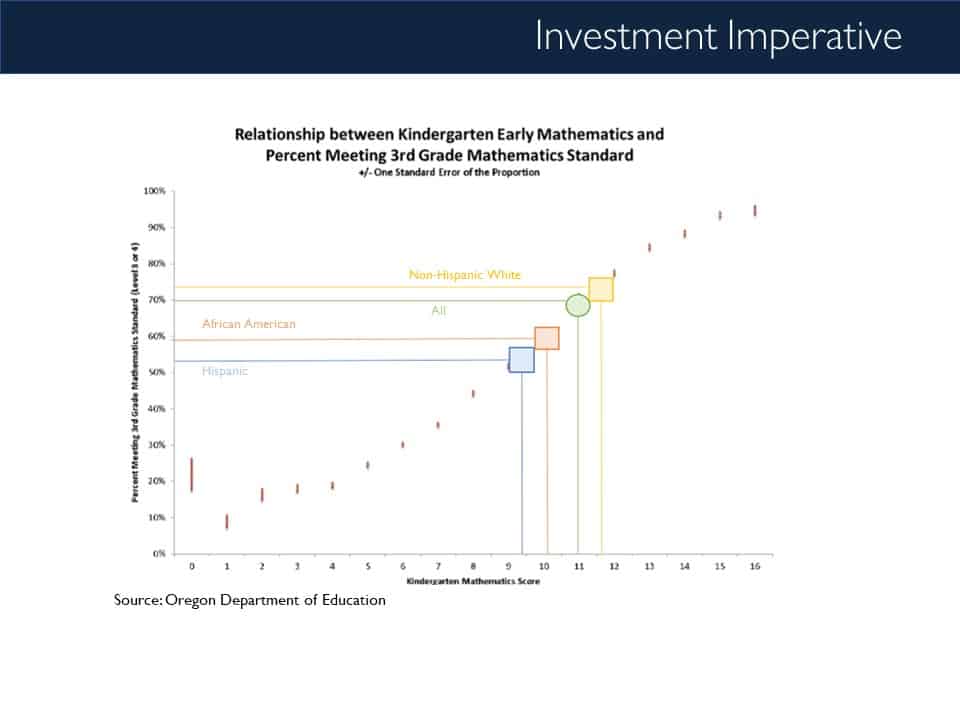

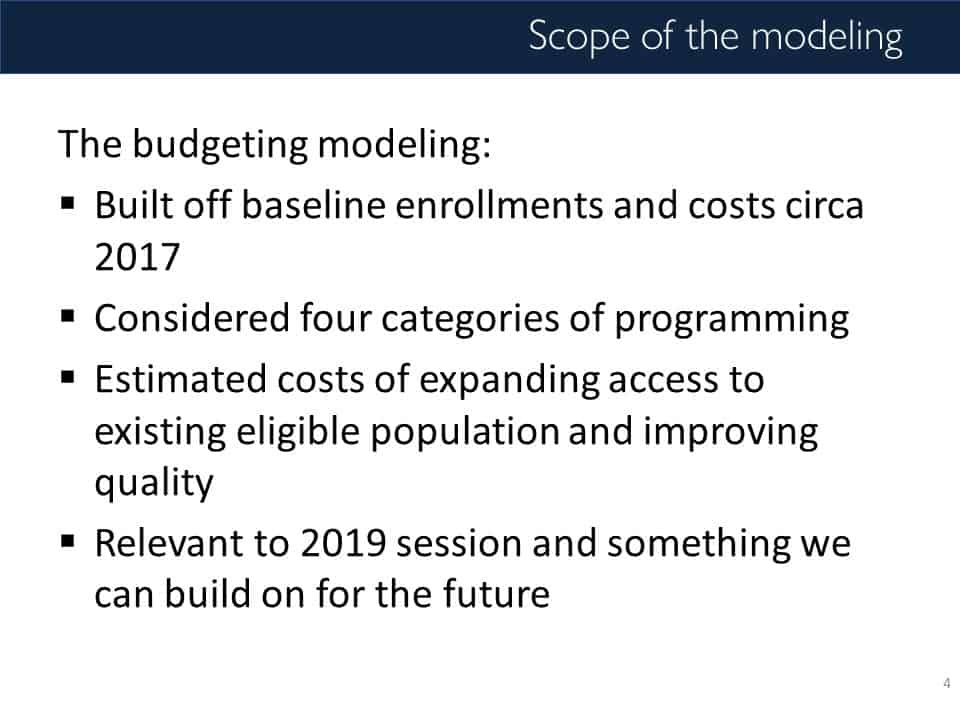
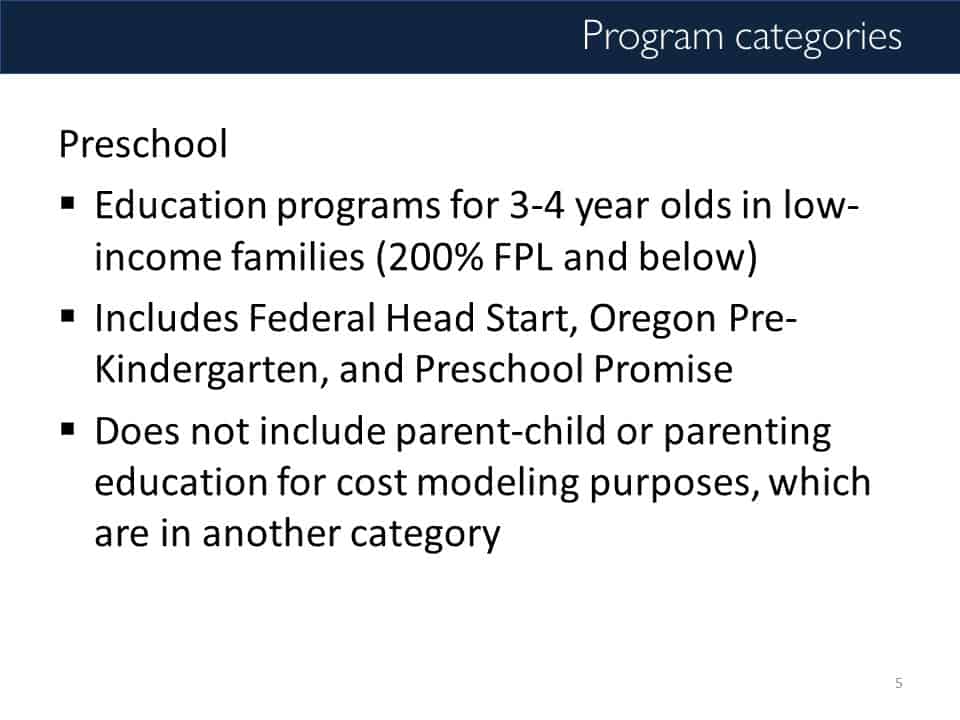


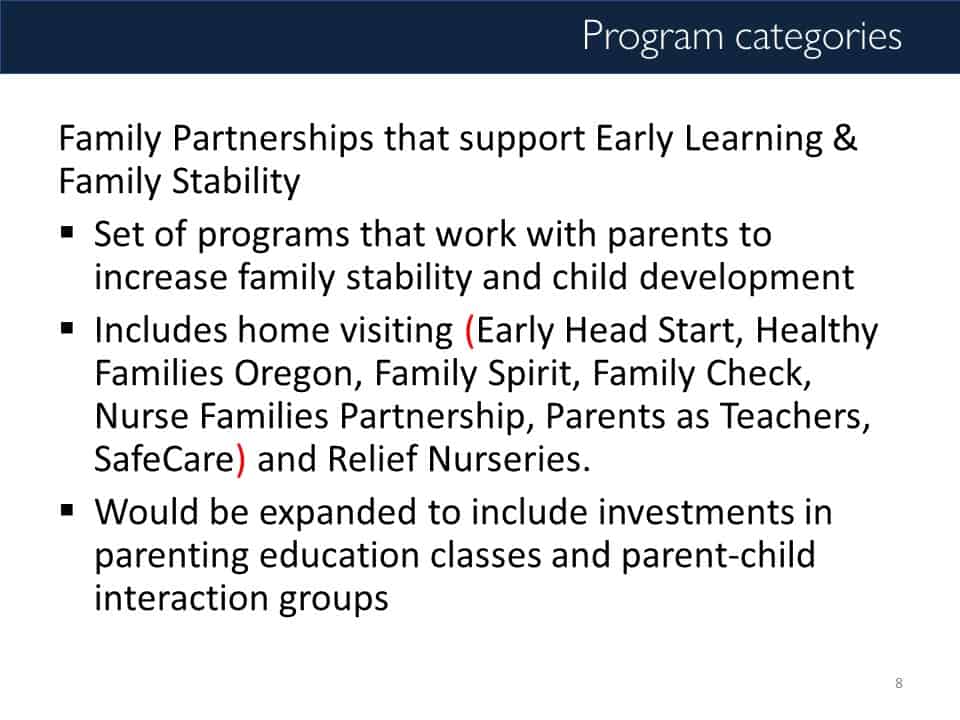

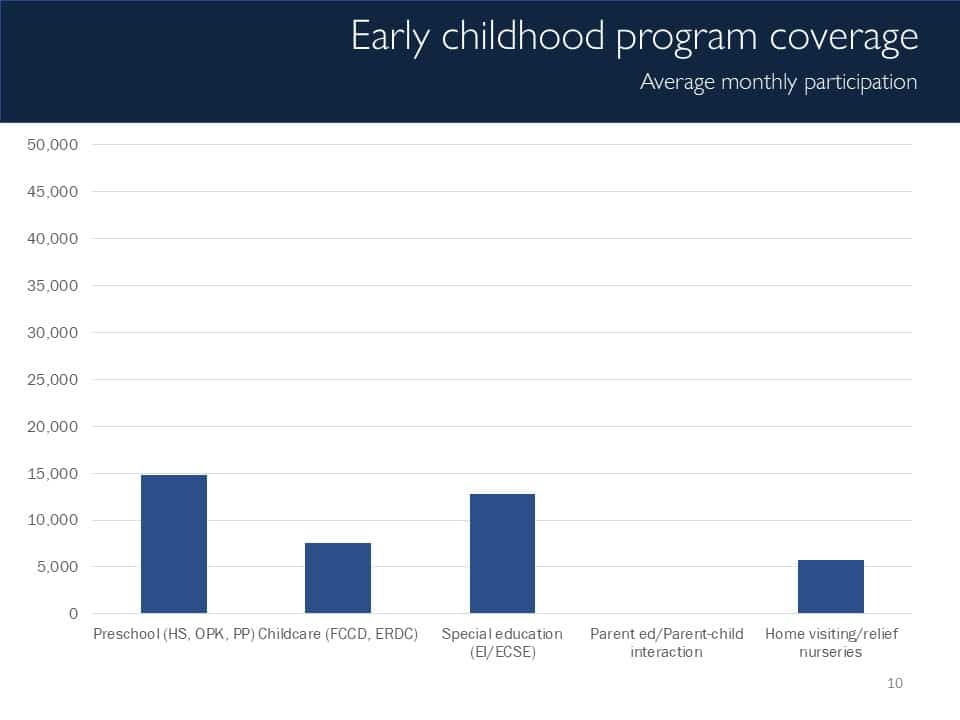
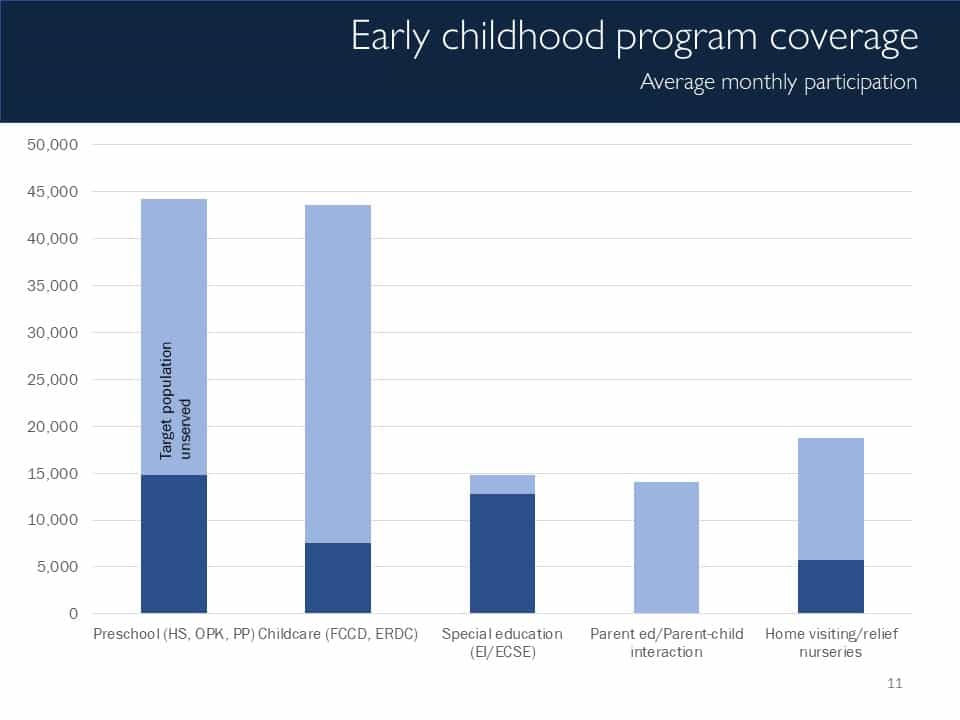

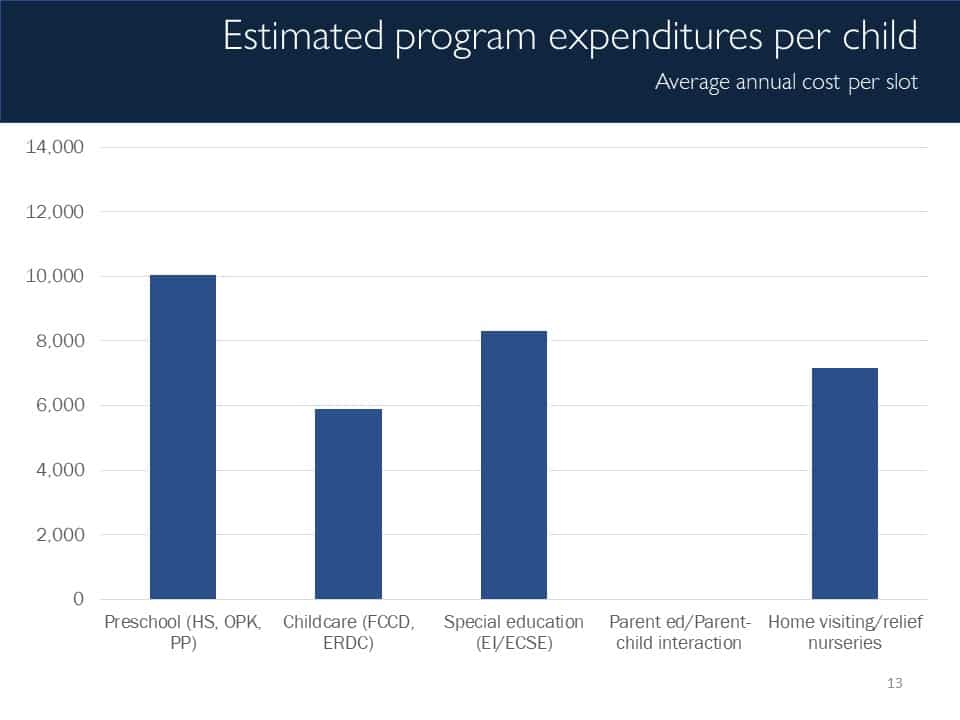
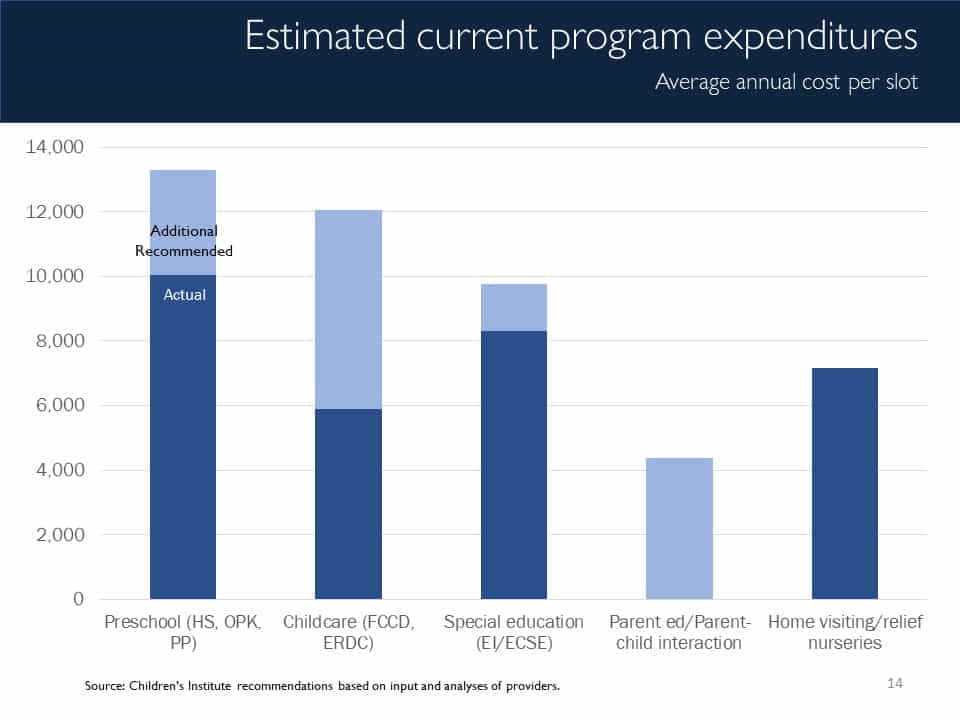
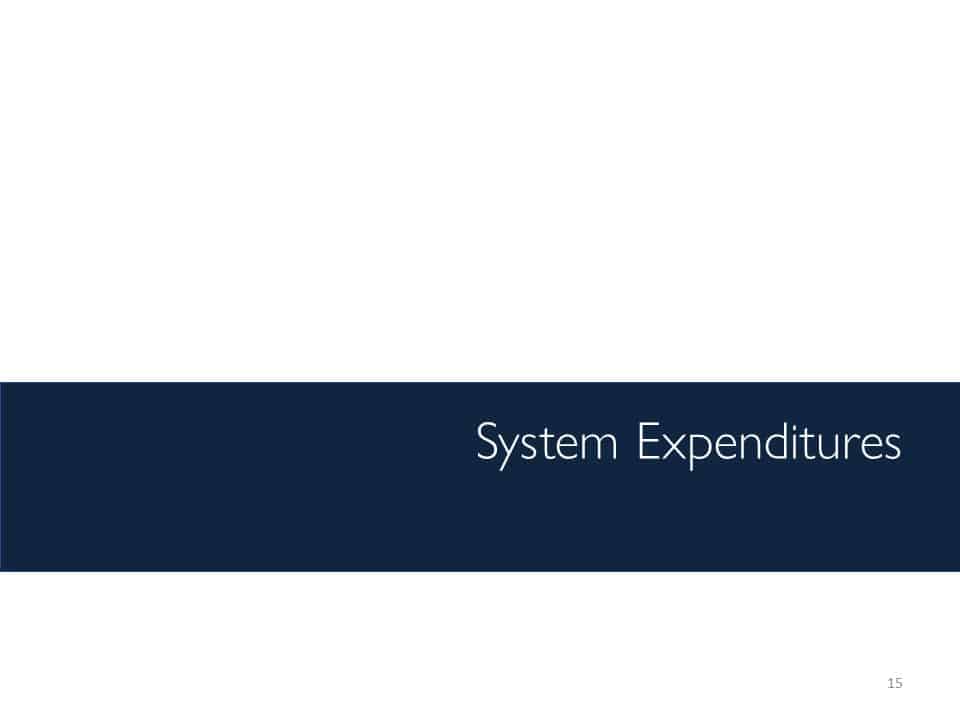
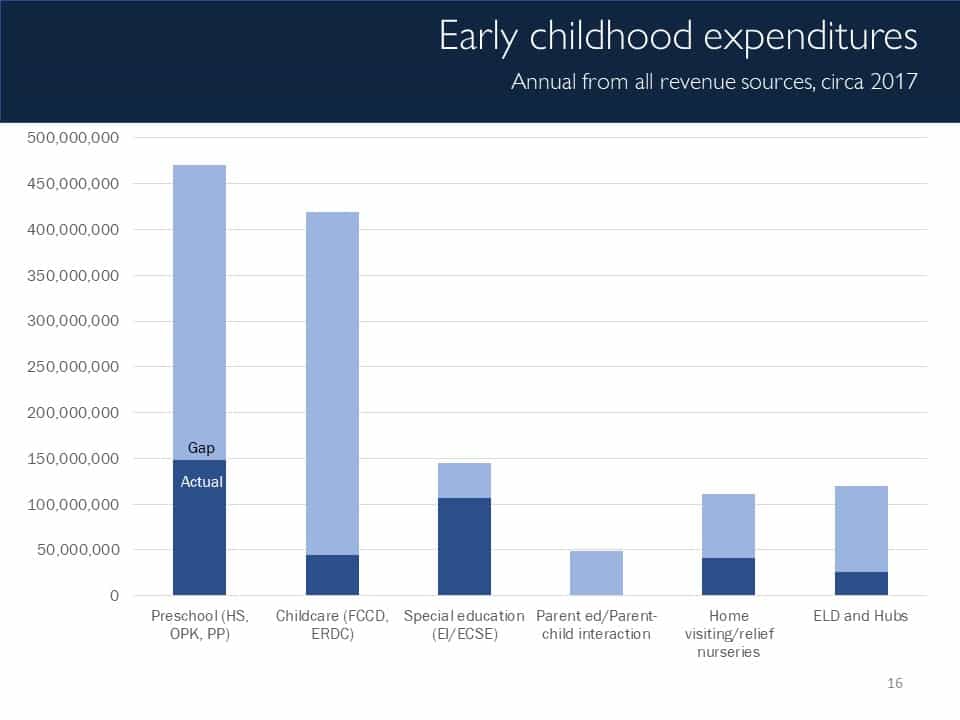




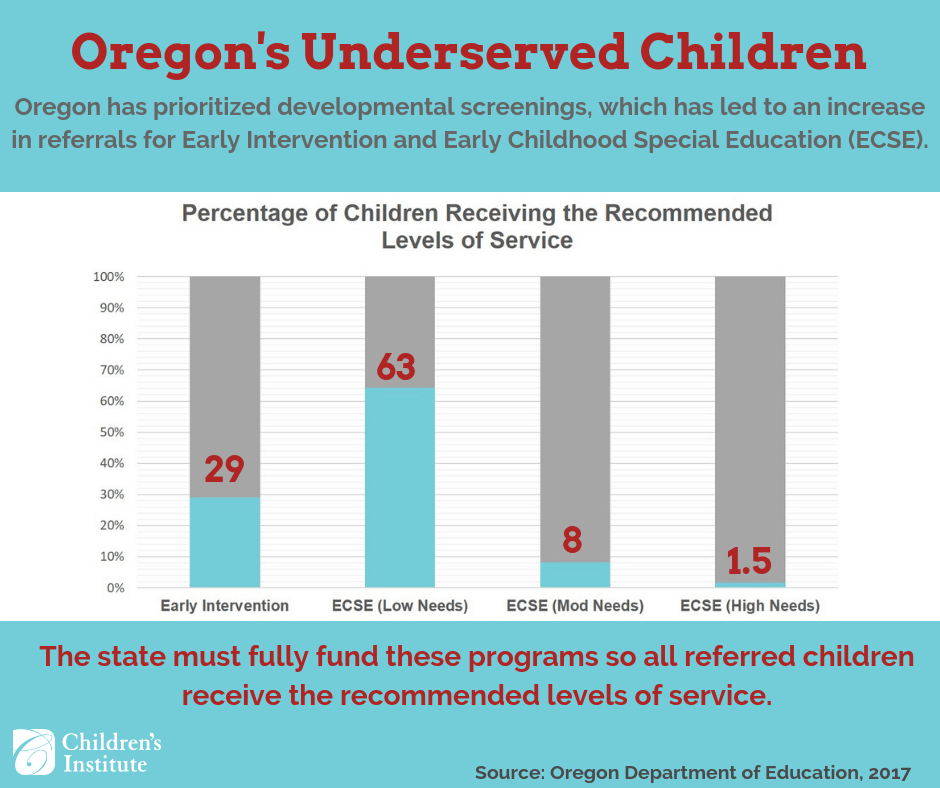
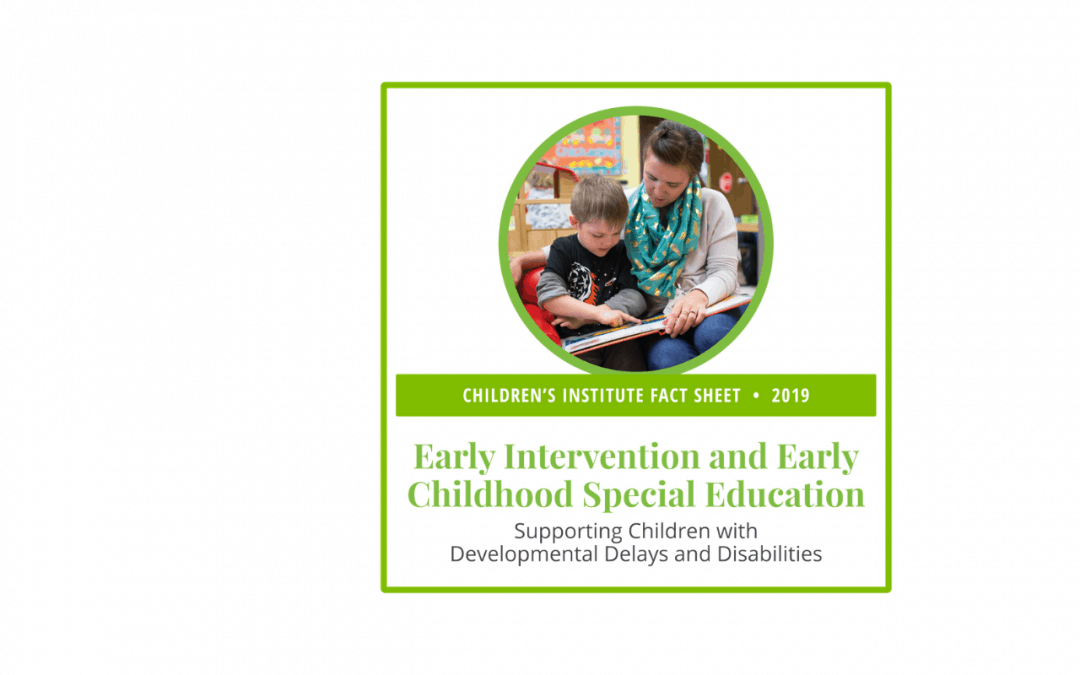
 This fact sheet focuses on the impact of the EI/ECSE program and the current gaps in service for children with developmental delays and disabilities
This fact sheet focuses on the impact of the EI/ECSE program and the current gaps in service for children with developmental delays and disabilities